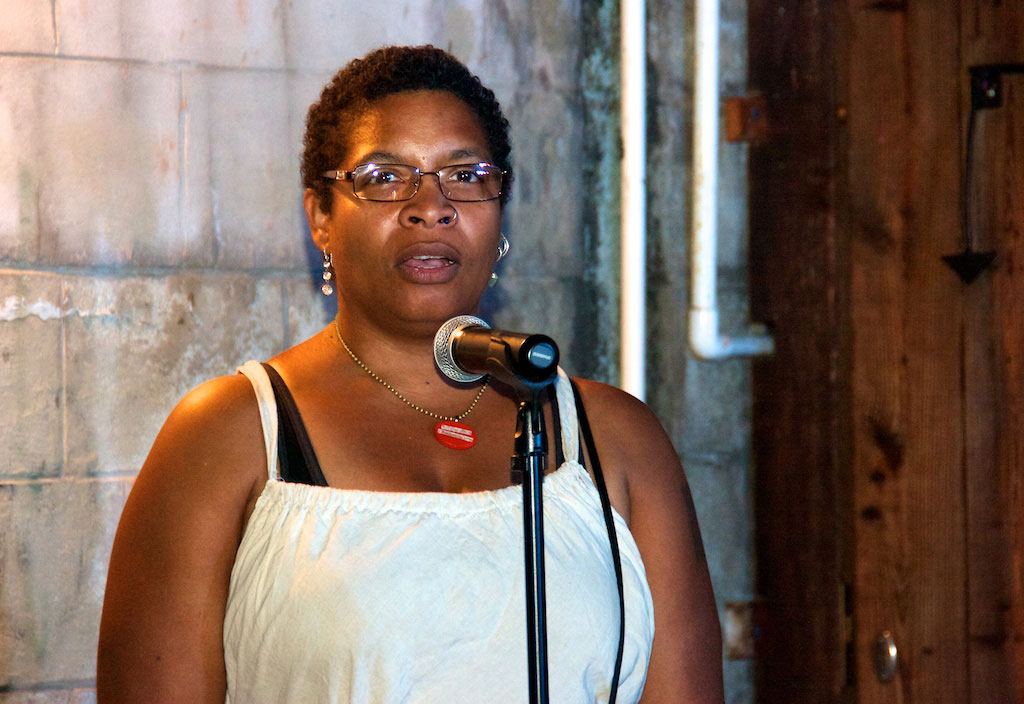In January, the Smithsonian Afrofuturism Series presented Claiming Space: A Symposium on Black Futures – Past, Present, and Potential. The free, virtual gathering examined “the ever-expanding reach of Afrofuturist thought” into political activism, transformed landscapes, pop culture, and more. In addition to live panel discussions, which are all available to watch on the website, the symposium hosted a series of on-demand video presentations by scholars within and outside the Smithsonian.
As part of that collection, our curator and folklorist James Deutsch presented “Folkloric Motifs in Nalo Hopkinson’s Speculative Fiction.” Hopkinson, born in Jamaica in 1960 and now a creative writing professor at the University of British Columbia, has published several novels, anthologies, and short stories in the genres of “science fiction, fantasy, speculative fiction; call it whatever you want, my novels and stories are full of the unreal, the futuristic, the unlikely, the impossible,” she writes.
Deutsch’s lecture explores some of the ways in which Hopkinson’s highly imaginative Afrofuturist stories remain deeply rooted in folkloric traditions from the past, while also projecting provocative visions of the future. For instance, Hopkinson’s debut novel, Brown Girl in the Ring (1998), takes its name from a children’s game played in the Caribbean, which folklorists Alan Lomax, Bess Lomax Hawes, and J.D. Elder documented in their book, Brown Girl in the Ring: An Anthology of Song Games from the Eastern Caribbean (1997).
Watch the presentation below.


